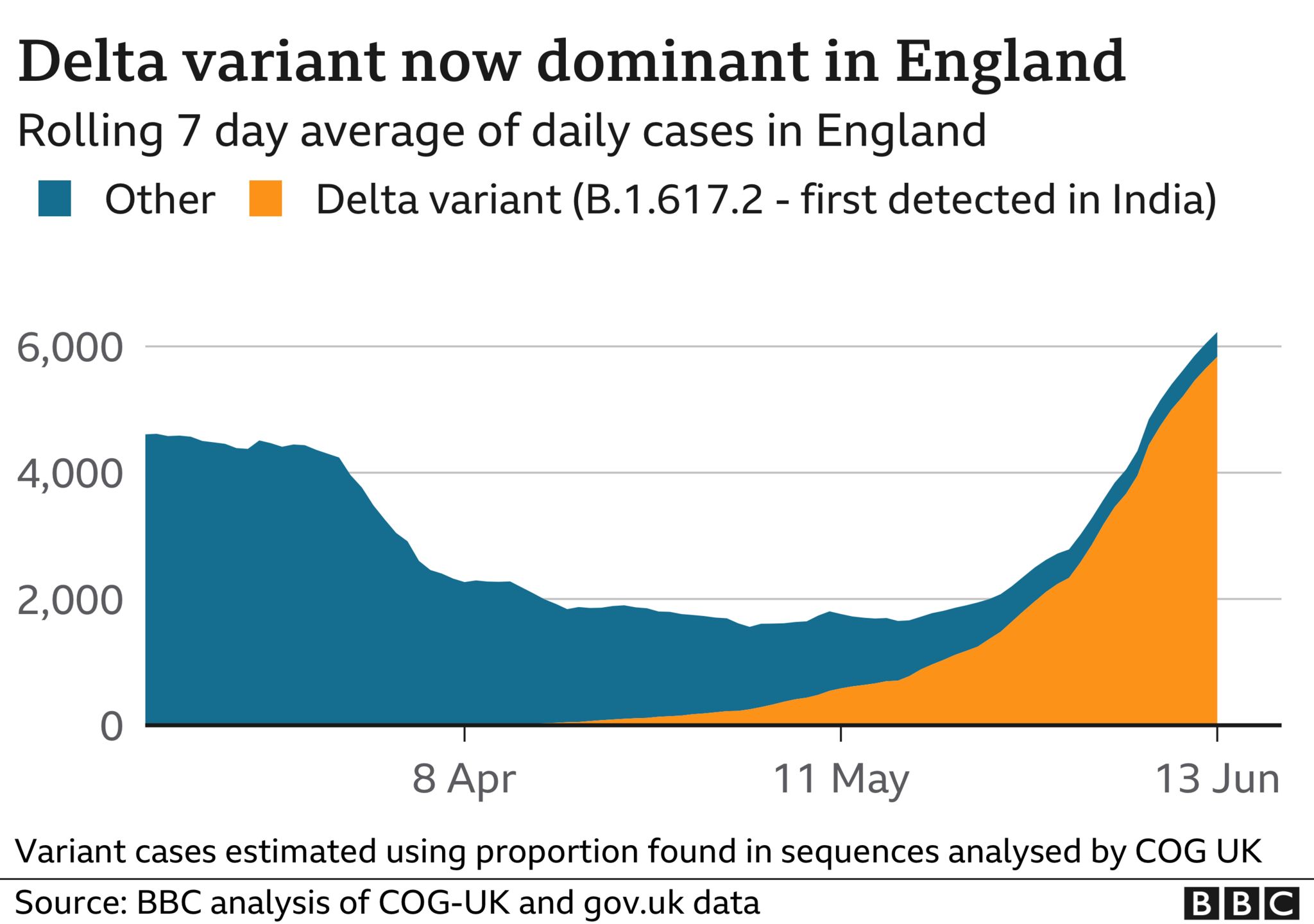Just as the world tried starting to “live with Covid”, easing restrictions and reopening borders to international travel, emergence of a new variant in South Africa froze everything again.
Is this never going to end? Are we bound to spend year after year under ever-changing pandemic restrictions, wearing masks, checking in to shopping malls, and getting regular vaccination boosters?
Hopefully not and, paradoxically, Omicron may actually herald the beginning of the end of the pandemic and our return to normalcy.
Few people may remember this now, but back in 2020 — long before we had vaccines and many expressed their skepticism about them ever being developed — scientists suggested that we should get ready for ongoing mutations of the virus, as it adapts to us and our environment.
Those mutations, however, need not be more lethal.
“…mutating to become more lethal to humans wouldn’t necessarily be in the virus’ best interests. If a virus goes in and immediately kills its host, that’s usually not very good because that limits its ability to expand and infect new hosts.”
Richard Kuhn, a virologist and director of the Purdue Institute of Inflammation, Immunology and Infectious Disease in West Lafayette, Indiana, March 25, 2020 for Popular Science
Fighting fire with fire
When a virus gets more severe, two things happen.
One, the potential hosts are more eager to fight it (that’s why we practice quarantine and treat patients in isolation wards), so exposure to new hosts is limited. Two, when the infected host dies, his ability to transmit the virus onward ends as well.
So, from the perspective of the virus (particularly an airborne one), it is in its best interest to be able to infect as many people as possible. As a result, the strains that are most likely to endure are those which are most infectious, but also the least severe.
Natural selection is at play here and a milder virus simply has a greater chance of survival in the environment. Emergence of such a strain could help us beat the deadlier ones — in effect, using one viral sibling to eradicate the other.
Scientists theorised that this may, indeed, be the case with Covid, as it gradually devolves into a form that will be no worse than a common cold for most of us (after all, this is how we already experience many other human coronaviruses).

In 1889, a disease outbreak in central Asia went global, igniting a pandemic that burned into the following year. It caused fever and fatigue, and killed an estimated one million people. The disease was generally blamed on influenza, and dubbed the “Russian flu“. But with no tissue samples to check for the flu virus, there was no conclusive proof.
Another possibility is that this “flu” was actually a coronavirus pandemic. The finger has been pointed at a virus first isolated in the 1960s, though today it causes nothing more serious than a common cold.
In fact, there are four coronaviruses responsible for an estimated 20 to 30 per cent of colds. Only recently have virologists begun to dig into these seemingly humdrum pathogens and what they have found suggests the viruses have a far more deadly past.
Researchers now believe that all four of these viruses began to infect humans in the past few centuries and, when they did, they probably sparked pandemics. The parallels with our current crisis are obvious.
Source: New Scientist, April 29 2020
Data suggests that so far, this has not been the case as each subsequent variant of Covid-19 — A.1, Alpha, Beta to Delta being the main ones — was both a bit more infectious and deadly. This time, however, things appear to be different.
We still know very little about Omicron but, nevertheless, the early signs are positive — in fact, they’re the best we’ve had in the past two years.
While the virus appears to be spreading very rapidly, it doesn’t seem to have claimed any (or many) lives and early patients admitted to hospitals appear to have a reduced need for supplemental oxygen or ICU treatment compared to earlier variants.
These are the latest frontline observations from Tshwane District in South Africa, the epicentre of this new outbreak and likely birthplace of Omicron, where doctors report that the beginning of this new wave is nothing like what it was with the previous viral strains.

In fact, many of the patients were diagnosed by accident, as a part of the screening process upon admission to hospital for other reasons. And those who ended up in treatment for Omicron are suffering milder symptoms.
In summary, the first impression on examination of the 166 patients admitted since the Omicron variant made an appearance, together with the snapshot of the clinical profile of 42 patients currently in the COVID wards at the SBAH/TDH complex, is that the majority of hospital admissions are for diagnoses unrelated to COVID-19. The SARS-CoV-2 positivity is an incidental finding in these patients and is largely driven by hospital policy requiring testing of all patients requiring admission to the hospital.
Using the proportion of patients on room air as a marker for incidental COVID admission as opposed to severe COVID (pneumonia), 66 per cent of patients at the SBAH/TDH complex are incidental COVID admissions. This very unusual picture is also occurring at other hospitals in Gauteng. On December 3, Helen Joseph Hospital had 37 patients in the COVID wards of whom 31 were on room air (83 per cent); and the Dr George Mukhari Academic Hospital had 80 patients of which 14 were on supplemental oxygen and one on a ventilator (81 per cent on room air).
The exponential increase in the positivity rate in these patients is a reflection of the rapidly increased case rate for Tshwane, but does not appear to be associated with a concomitant increase in the rate of admissions for severe COVID (pneumonia) based on the high proportion of patients not requiring supplemental oxygen.
The relatively low number of COVID-19 pneumonia hospitalisations in the general, high care and ICU wards constitutes a very different picture compared to the beginning of previous waves.
Dr Fareed Abdullah, the Director of the Office of AIDS and TB Research at the South African Medical Research Council / Source: SAMRC
Happy new year?
Of course, we should not jump to conclusions too quickly — there is still not enough data across all demographics (particularly the elderly), to definitively state that Omicron is much less dangerous than Delta.
That said, as you can see, there’s lots of hope that it might be. Dr Anthony Fauci, US president’s chief medical advisor in this pandemic has already cautiously observed that early reports are encouraging.
The next four to eight weeks will be crucial, as the variant extends its global circulation, infecting thousands, perhaps millions of people, what will provide enough information for us to draw conclusions as to what the future holds.
But we should not necessarily fear it, nor any other new variants that are still likely to emerge, because they may be our best way out of this pandemic.
Vaccines are an excellent tool, of course, but they’re not the silver bullet we were hoping they could be.
While they reduce the risk of death or severe disease and limit transmission to some degree, they do not eliminate them. They also require periodical boosters to keep immunity high.
Given considerable degree of vaccine hesitancy in some countries, they fall short of limiting the impact of Covid to acceptable levels, that would allow us to go back to living our lives like before.
The real game changer would be a variant which is both more infectious and less serious.
Just like Delta’s high transmissibility outcompeted and, de facto, wiped out Beta and Alpha out of circulation, a milder Omicron could do that to Delta, saving millions of lives and becoming just a common cold rather than a virus harvesting millions of innocent human beings on its path.


Even if Omicron is not the last word of Covid-19, it may at least be a step in the right direction and future, milder variants that may replace it could reduce mortality even further, allowing us to live with it just like we live with other cold-inducing coronaviruses.
In such a case, ironically, we would be pressed to open our borders and resume regular activity more, not less quickly, as faster circulation of the new variant(s) may help us suppress the troublesome Delta. And there’s no better way to do that than by encouraging human interaction.
Let’s hope that this scenario — however paradoxical and unlikely it may seem to be today — is going to be how the beginning of 2022 is going to be remembered.
Featured Image Credit: freepik











